
Learn the difference between Miss and Ms, and when to use each title, especially before marriage.

Explore the differences between Ms and Mrs, and when to use each title regardless of marital status.
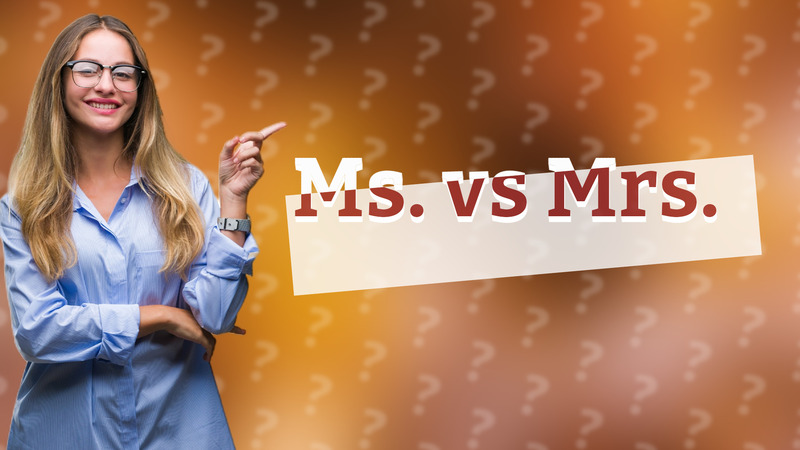
Explore the differences between 'Mrs.' and 'Ms.' and their significance in social and professional contexts.

Explore why English lacks grammatical gender, making it more inclusive and neutral compared to gendered languages.

Explore the importance of gender-neutral language and its role in promoting inclusivity.

Explore how Tagalog employs gendered terms in familial and professional contexts, while maintaining gender neutrality in personal pronouns.

Learn about the title 'Ms' and its role in addressing women respectfully, regardless of marital status.
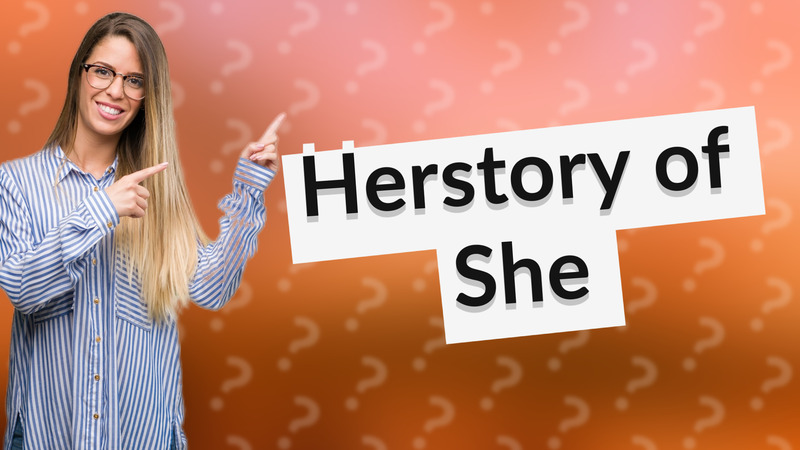
Discover the fascinating history of the pronoun 'she' and its evolution from Old English to modern usage.
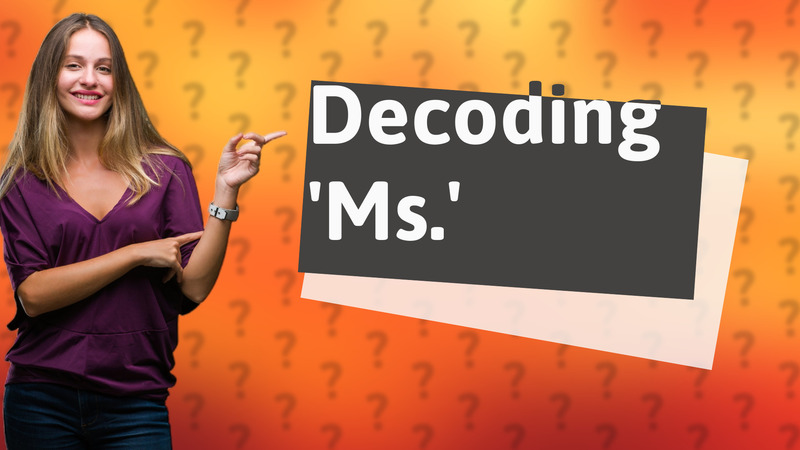
Discover the true meaning of 'Ms.' and its significance regarding marital status. Uncover the nuances behind this title.

Explore the historical context and significance of Shakespeare's pronouns in our latest video.
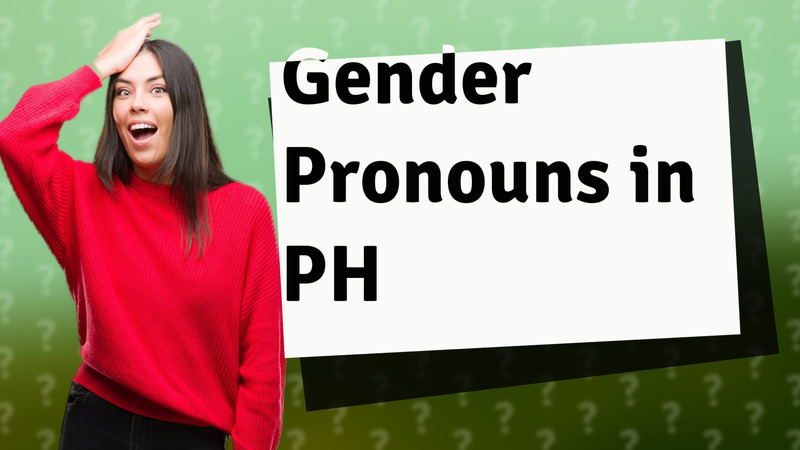
Explore the use of gender-neutral pronouns like 'siya' and 'kanya' in Filipino and their significance for inclusivity.
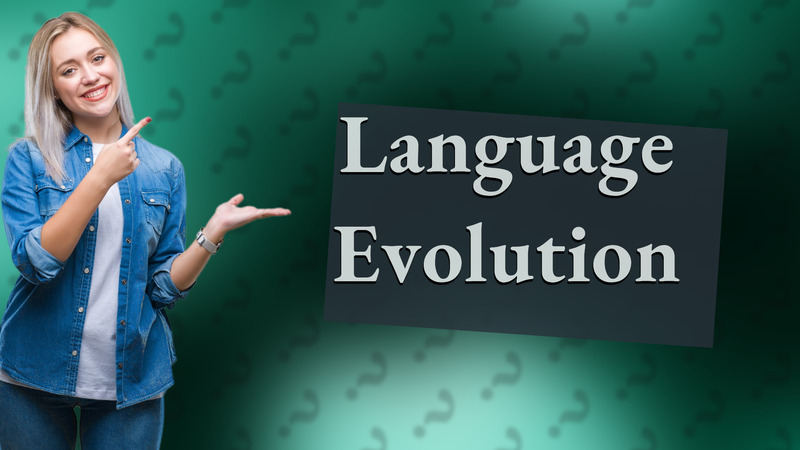
Explore the evolution of the English language and its shift from gendered to gender-neutral forms post-Middle English period.

Explore the history and rise of neutral pronouns like they/them since the 14th century, highlighting gender inclusivity advancements.

Explore how English evolved into a gender-neutral language, focusing on its unique grammatical features and natural gender system.
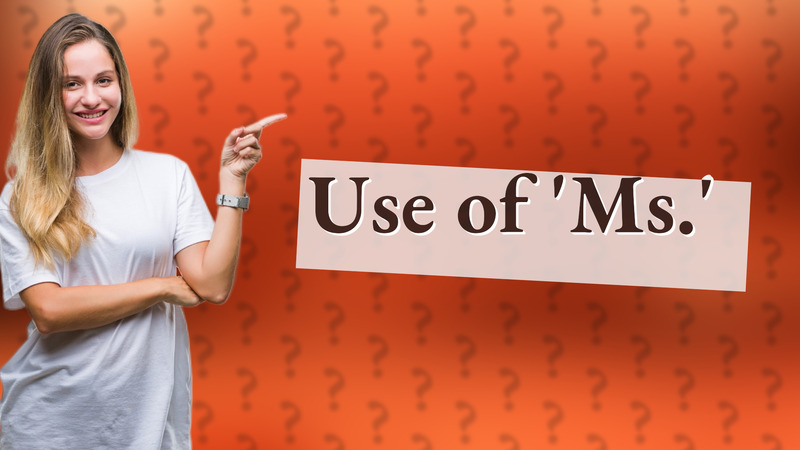
Discover if it's correct to call a married woman MS, a respectful title for any marital status.

Explore the importance of gender-neutral language and how it fosters inclusivity.

Discover the history of 'they' as a singular pronoun and its significance as a gender-neutral option in modern language.

Discover why Chinese is considered one of the least gendered languages, focusing on its unique grammar and structure.

Explore the meaning of gender-neutral and genderless terms in this informative video.
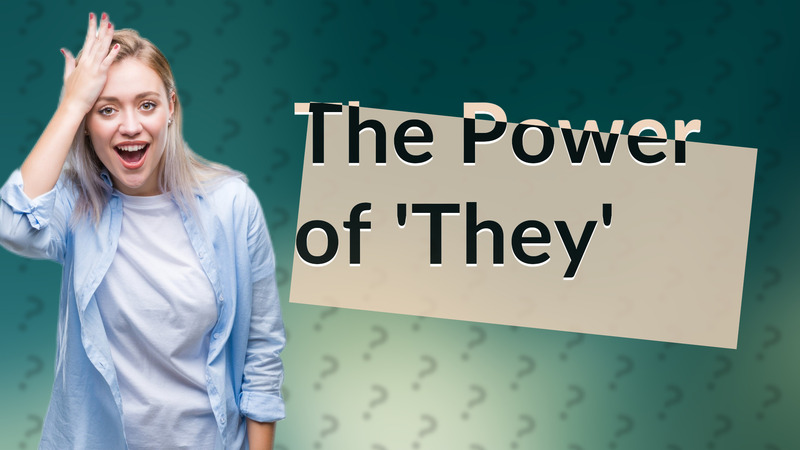
Discover the history and usage of the singular 'they' as the original gender-neutral pronoun in English.

Explore the meaning of 'Zie' as a gender-neutral pronoun and its importance in promoting inclusivity.

Discover if the term 'mankind' is gender-neutral and explore more inclusive alternatives for better communication.
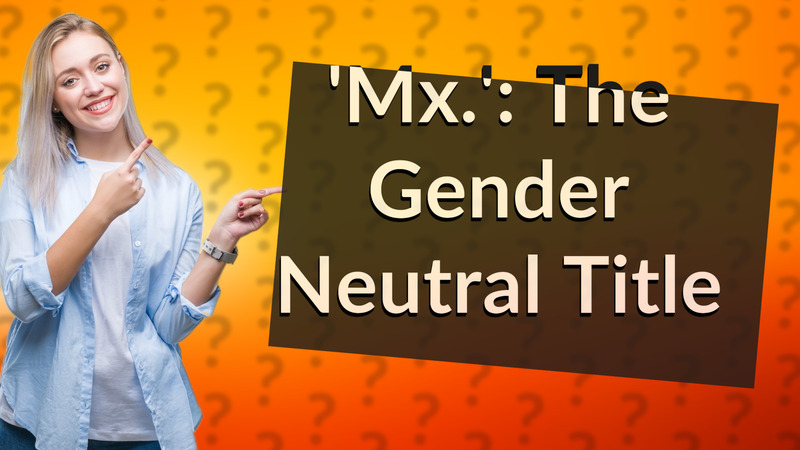
Learn about the inclusive title 'Mx.', a respectful alternative to Mr. and Ms. for non-binary individuals.
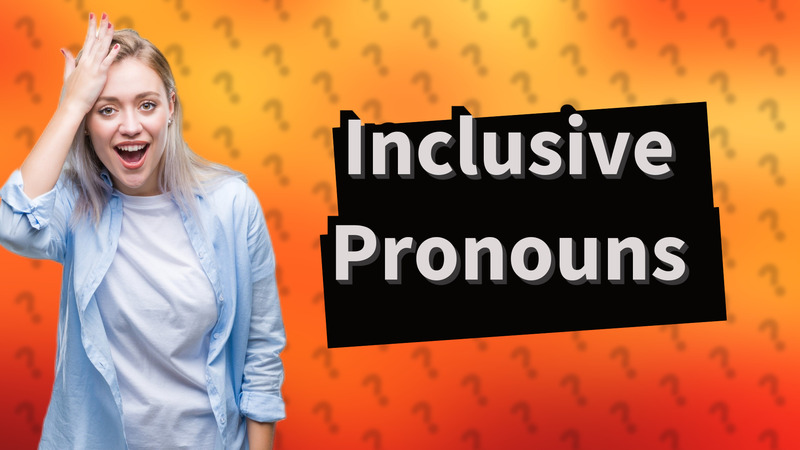
Learn how to use 'they' as a singular pronoun effectively and respectfully when gender is unknown.

Discover why 'gender-neutral' is preferred over 'unisex' in promoting inclusivity and equality in language.

Explore the three genders in Old English personal pronouns: masculine, feminine, and neuter, and their impact on language.

Discover why 'they' is a widely accepted gender-neutral term to replace 'he' in conversations.
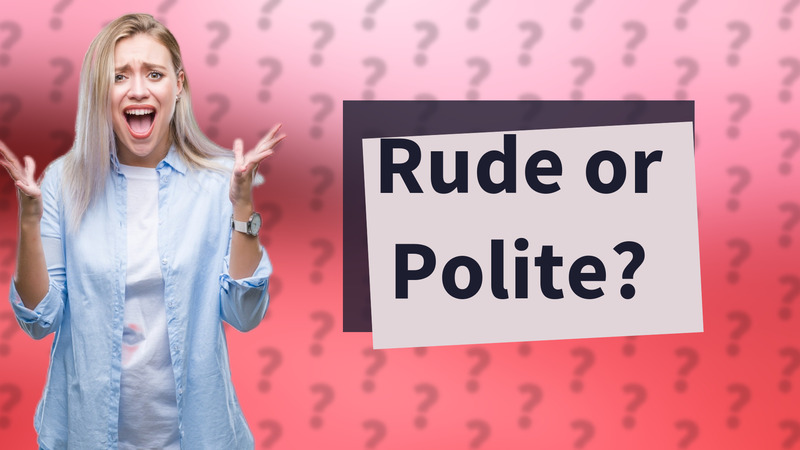
Explore when it's appropriate to use 'lady' and how to address someone respectfully.